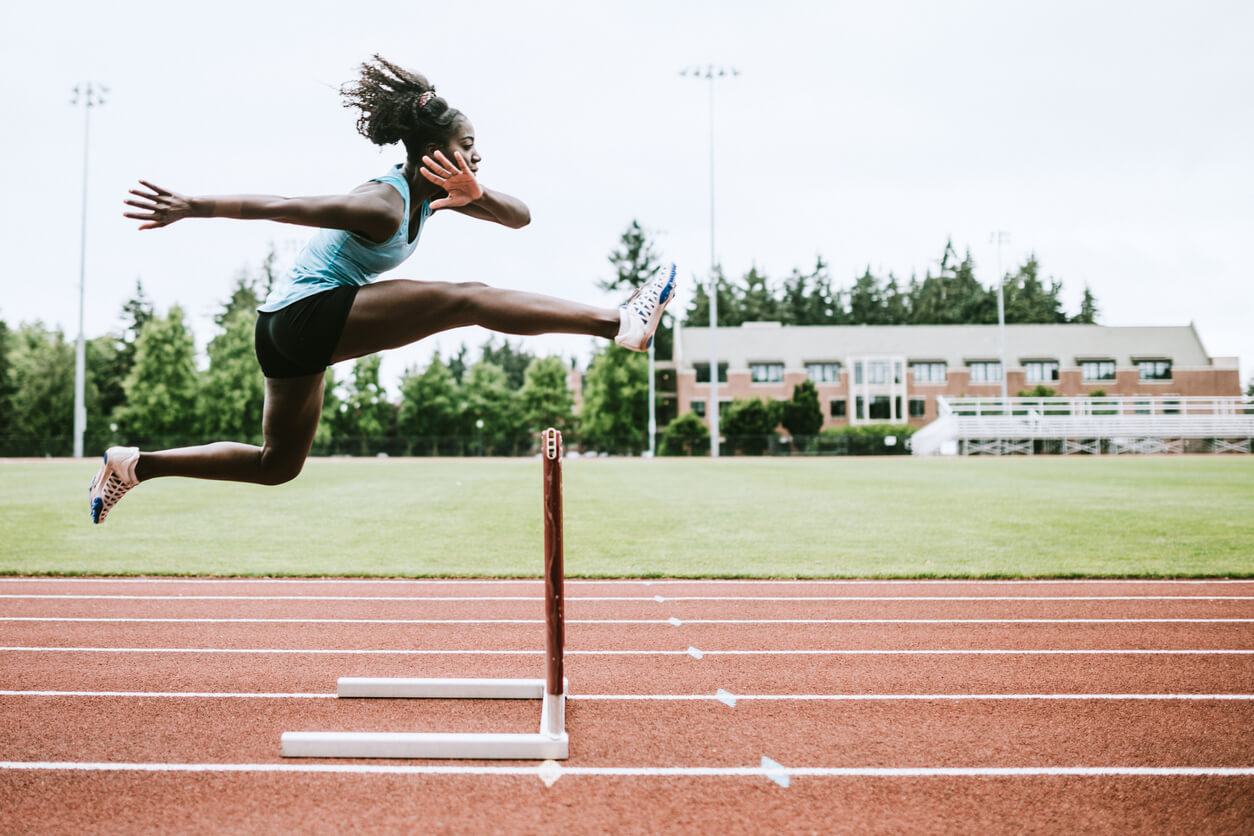Most of us enjoyed jumping as children, whether in jump rope, hopscotch, on a trampoline, to reach for low-hanging fruit, or to splash in puddles. Nonetheless, both children and adults can suffer painful injuries as a result of jumps that end badly. Let’s take a look at sports that involve jumping and the injuries they may cause. But first, remember that a broad range of treatments for jump injuries is available at the offices of Long Island Spine Rehabilitation Medicine.
Why Our Practice Is Well-Suited to Treat Jump Injuries
Our physiatrists (specialists in nonsurgical pain relief and restoration of function) are excellent diagnosticians and careful practitioners. Well-trained in providing traditional and complementary treatments, we are equally adept at administering targeted injections to relieve pain and inflammation and at administering the safe, natural electromagnetic therapy of PEMF.
Our practice is holistically oriented. Our goal is to provide you with relief and healing using nonsurgical methods that have track records of success.
Sports That Involve Jumping
Most active sports involve jumping some of the time. The following activities involve frequent and/or repetitive jumping:
- Track and field
- Football
- Basketball
- Volleyball
- Gymnastics
- Figure skating
- Dancing of all kinds
- Martial arts
- Rugby
- Diving
Though those who participate in these sports are usually well-conditioned and learn techniques to prevent injuries, painful sprains and tears still happen.
The Most Common Injuries Tied to Jumping
Some of the jumping injuries our doctors see are a result of repetitive stress. Others occur from one bad landing. Jumping injuries may affect tendons, ligaments, muscles, and even bones, but most commonly include:
- Patella tendonitis (jumper’s knee)
- Quadriceps tendon tears (at the large muscle at the front of the thigh)
- Ankle sprains
- Tendonitis of the long tendon that extends from the calf muscle to the big toe
- Hamstring strain (more common in pole vaulters)
- ACL tears (associated with pivoting and jumping)
- Meniscus tears
Though severely torn ligaments or tendons may require surgery, many of the above injuries will heal with less invasive treatment. Even in cases in which an operation may be necessary, our practice can provide treatments to help you prepare for surgery and work to accelerate your recovery afterward. We frequently coordinate efforts with surgical teams.
Treatments to Hasten the Healing Process
The majority of injuries resulting from falls or twists after jumping are muscle strains. Typically, these affect the hamstrings, but may also cause trouble to the quadriceps, calf, ankle, knee, or hip flexors. Depending on the severity of the muscle strain, it may take from one week to six weeks for it to heal.
The treatments we offer are designed to speed up the healing process. In addition to recommending rest and elevation of the affected region, using ice packs and heat packs alternately, taking painkillers, and avoiding movements that will further stress the injured tissue, we may provide:
- Customized physical therapy to restore strength and range of motion
- Acupuncture to reduce inflammation and hasten healing
- Ultrasound-guided injections of a corticosteroid and analgesics to relieve pain and inflammation directly at the source
- Platelet-Rich Plasma (PRP) to accelerate healing,
- PEMF (Pulsed Electromagnetic Field) technology which, in addition to treating pain and inflammation, increases blood flow to your cells to promote more rapid healing
Whatever treatment we use to help heal your jumping injury, you can count on us to listen carefully to your feedback and to be responsive to your reports on which treatment is most helpful. Though we are professionals with experience healing jump injuries, we never forget that you are the patient who knows best how your symptoms are responding to our efforts.
